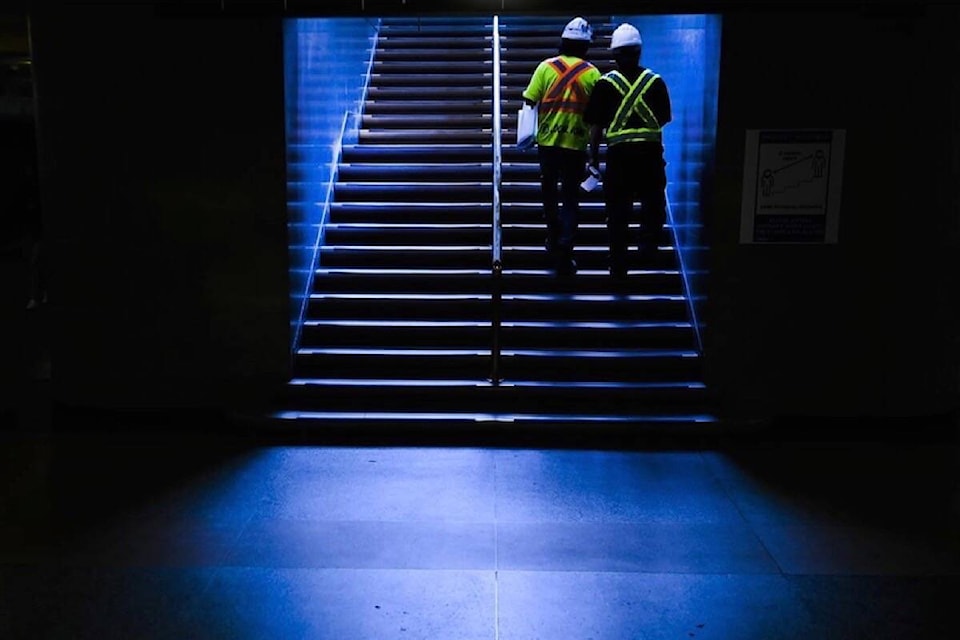Unemployment in the Red Deer region has been creeping up in recent months but remains nearly three per cent better than a year ago.
In February, unemployment in the region was 7.1 per cent, up slightly from seven per cent a month earlier, according to the Alberta Labour Force Statistics monthly survey. In December, unemployment sank as low as 6.5 per cent.
Halfway through the pandemic in February 2021, unemployment was at 9.9 per cent in the region.
Alberta-wide, the numbers are even more encouraging. The provincial unemployment rate was 6.8 per cent last month, down from 7.2 per cent a month earlier, well below the 10 per cent unemployment that hit Alberta in February 2021.
It was the lowest provincial unemployment rate since September 2019.
Nationally, unemployment was at 5.5 per cent last month, a full percentage point drop from January and well below the 8.3 per cent unemployment in February 2021.
Despite the positive trends, Alberta’s unemployment is still the fourth-worst among the 10 provinces. Newfoundland has the highest jobless rate at 12.3 per cent, followed by Prince Edward Island (9.0) and New Brunswick (7.9).
Quebec has the lowest unemployment rate at 4.5 per cent, followed by Saskatchewan (4.7), Manitoba (4.8), B.C. (4.9), Ontario (5.5) and Nova Scotia (6.6).
“Alberta is coming back. Our economy continues to grow, which is great news for all Albertans,” said Alberta Labour Minister Doug Schweitzer in a statement.
In February, 8,200 more jobs were added to the workforce, said Schweitzer. “February marks the fourth straight month of job gains in our province, which reflects the strength of our recovery coming out of the pandemic.
“As we emerge from a difficult few years, there is increasing evidence that our economy is on the verge of taking off. Economic indicators like building permits are up and more businesses were incorporated in Alberta in February compared with the same time last year. Additionally, our international exports are up by more than 65 per cent.
RBC’s most recent projections show Alberta leading the country in GDP growth in 2022 at 5.8 per cent, said Schweitzer.
NDP energy critic Kathleen Ganley pointed out that while more part-time jobs have been created, Alberta lost 9,500 full-time jobs last month and 13,500 so far this year.
Over the same two-month period, B.C. gained 26,600 full-time jobs and Ontario gained 14,600. Calgary’s unemployment continues to lead Canada’s major cities, she said.
“Alberta is falling further behind the rest of Canada and that’s more proof that Albertans can’t trust the UCP to manage the economy when we have $100 oil and so many Calgarians can’t find a job.”
Among Alberta’s seven economic regions, Red Deer region’s 7.1 per cent unemployment trails only Calgary’s 7.6 per cent and is tied with Edmonton. The region of Banff-Jasper-Rocky Mountain House and Athabasca-Grande Prairie and Peace River had the lowest unemployment at 5.2 per cent, followed by Camrose-Drumheller (6.1), Lethbridge-Medicine Hat (6.6) and Calgary (7.6).
